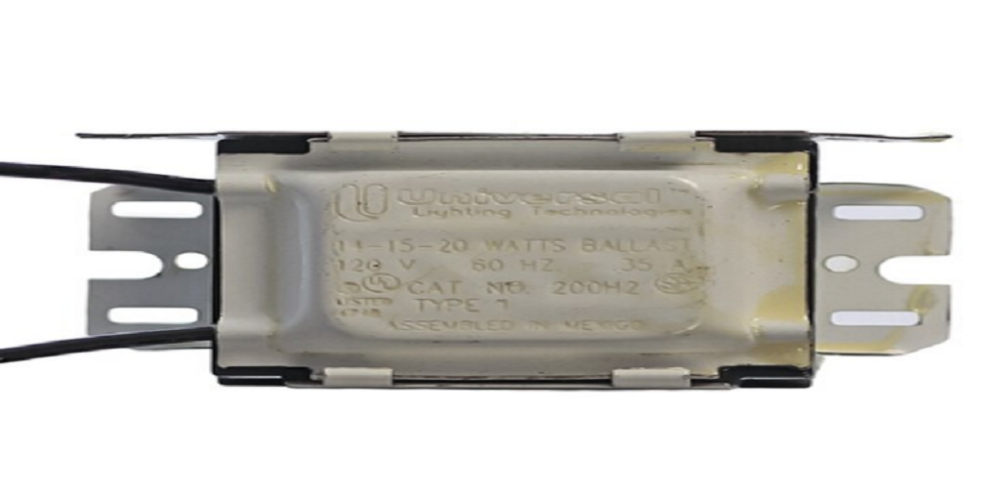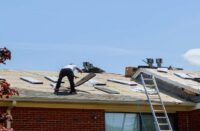Getting ready to outfit your home with CFL bulbs so you don’t have to deal with incandescent bulbs burning too hot, causing fire risks, raising your utility bills, and burning out way too frequently? You wouldn’t be alone. Tons of homeowners across the country have already made the switch from incandescent to CFLs or LEDs, and the consensus is generally popular.
Yes, CFLs can be a little bit expensive, but once you start reading about them, the advantages begin to mount. They don’t burn as hotly as incandescents, they last way longer, they provide the same quality lighting and light output, and most importantly, use less energy.
The more you learn, the better it gets. CFL bulbs can be as high as 80% more efficient than incandescent bulbs, and according to some estimates can last as long as 20 times longer – or more.
But the more interested you become in fluorescent lighting in general, and the more your curiosity mounts, the more aggravating is the eventual realization that fluorescent bulbs need ballasts. Which is, unfortunately, true. All fluorescent bulbs need them, including CFLs. The question then becomes, can you simply buy CFL lights to replace your incandescent bulbs, or do you need to engage in expensive and laborious replacements? Moreover, do you need to buy a separate CFL ballast?
Before we can answer that, we need to provide a little bit of context. While all fluorescent bulbs need fluorescent ballasts, most fluorescent lights are not specifically designed to replace incandescents. Compact fluorescent bulbs were specially designed, in most cases, to serve as direct, plug-and-play replacements for incandescent lights.
Therefore, while linear fluorescent lights and circline bulbs (among others) need separate ballasts to regulate current and voltage if the intended fixture doesn’t have them built-in, this is very rarely a consideration for CFLs. The truth is, in almost every instance, you do not need to buy a separate CFL ballast. They are usually built right in.
This is because CFLs would be of very little use if they couldn’t be used to directly replace incandescent bulbs. The point of the replacement is to save time, money, and effort, not to increase labor. For this reason, almost all CFL bulbs contain a ballast in the base; this is one of the reasons those CFL bulbs have thick, bulky plastic bases. They include all of the electrical components necessary to ensure that they will work when plugged into a socket that expects an incandescent bulb. Otherwise, they’d make more trouble than they were worth.
While you can be all but certain that CFLs for residential purposes do not need a separate CFL ballast, it doesn’t hurt to double-check. If the CFL you’re going to purchase is not intended to directly replace an incandescent bulb, there is a chance that you need to purchase a separate one, or at least a fixture that contains one.
There is a chance that the CFL in question does not have a ballast built-in, which is generally only the case with commercial CFL bulbs. In most instances, however, though the bulb itself might not contain a ballast, it is generally the case that the fixtures with which they are comparable do contain a CFL ballast. Of course, you can check the manufacturer specifications of both the light and fixture to be sure.
And, if you still don’t know, you can double-check or cross-reference your work with the lighting specialists at Atlanta Light Bulbs. In business for 40 years and prided on their high level of customer service, Atlanta Light Bulbs, at AtlantaLightBulbs.com, is the resident authority on all lighting applications. If you have any questions about your CFL bulbs, forward them to Atlanta Light Bulbs at 1-888-988-2852.












